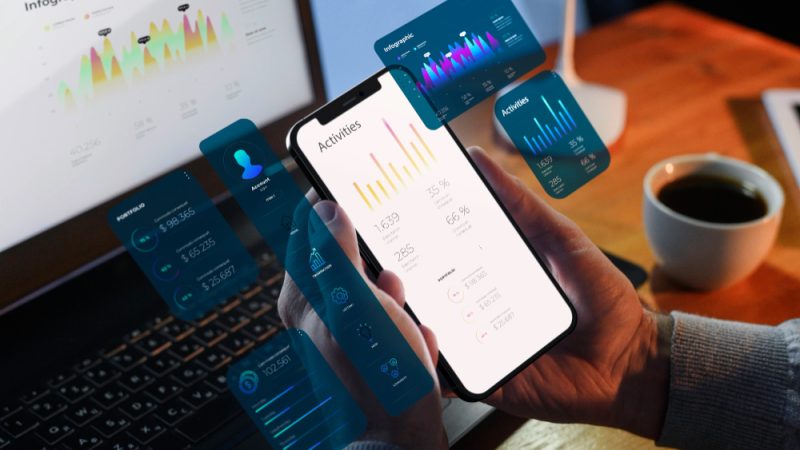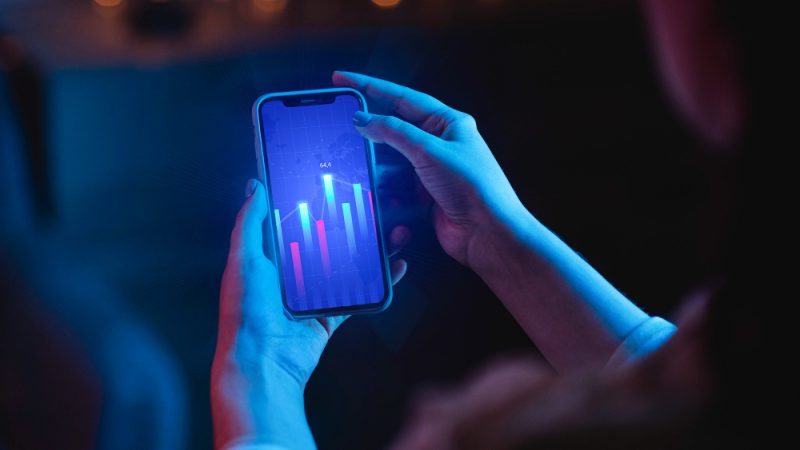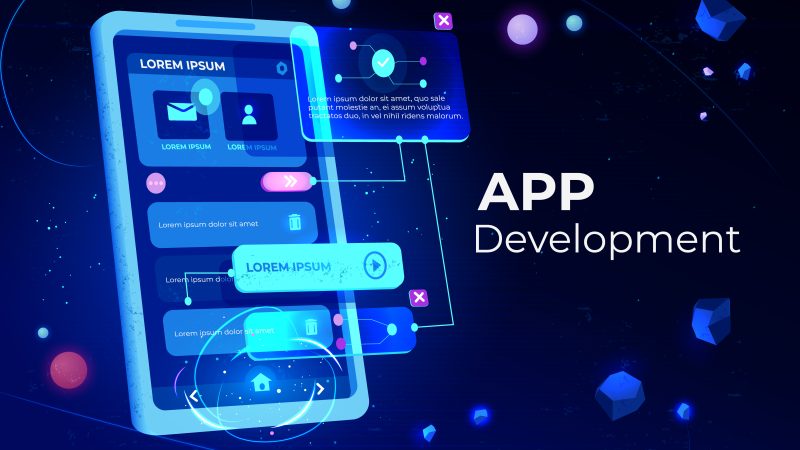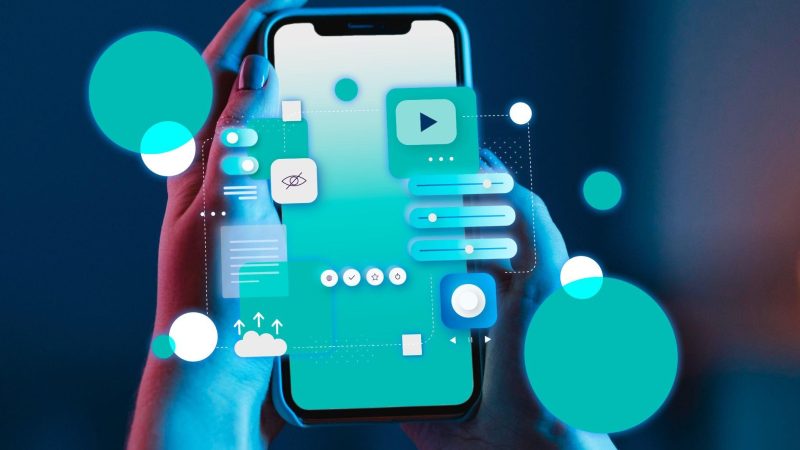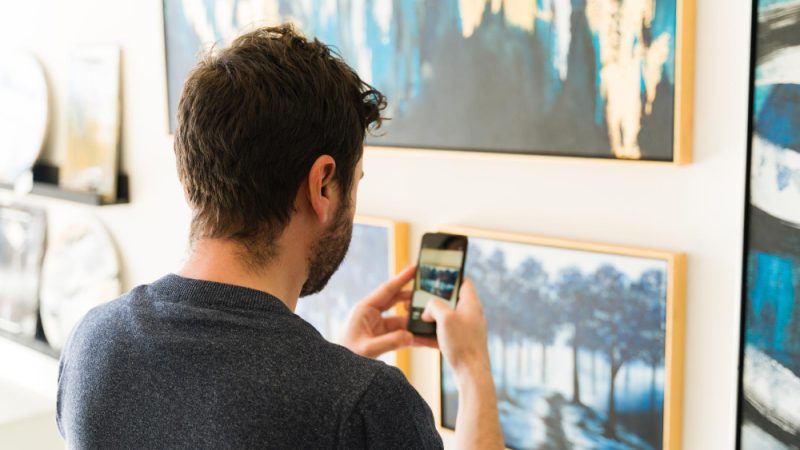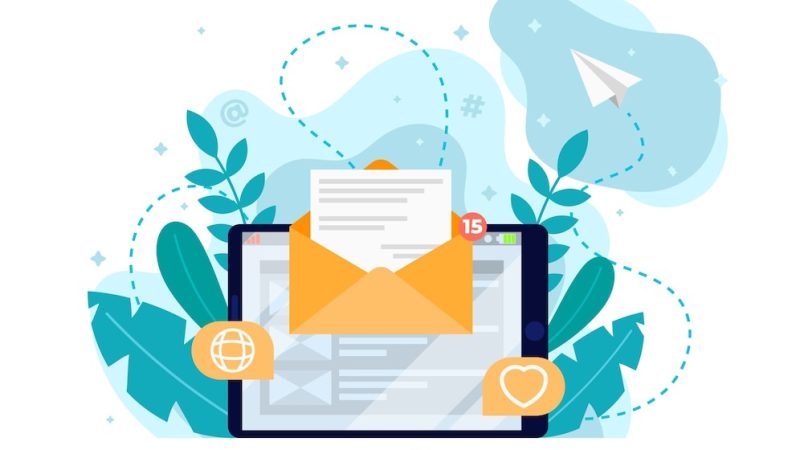Harmonizing Rhythm and Innovation: Your Guide to Crafting a Successful Music App
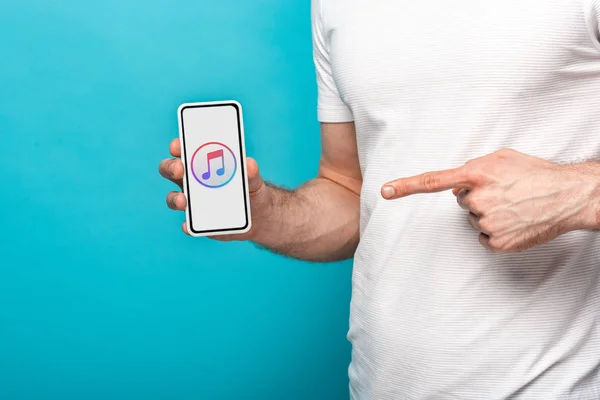
Imagine a world where harmony, rhythm, and melody help develop innovation. A world where poetry of sound and technology dance on the stage of human inventions, unleashing a symphony of creativity. Welcome to the realm of music apps, an arena where artistry meets tech, yielding a beautiful product that impacts every aspect of modern life.
With impressive advancements in technology, the digital world is witnessing a surge in the popularity of music applications. Millions of users worldwide rely on these applications for streaming their favorite tracks, discovering new artists, or creating unique tunes. This shows that the market for music applications is not only massive but also burgeoning with continued growth.
So, how can aspiring entrepreneurs and businesses tap into this lucrative market by creating their own music app? Here is a detailed guide that can help navigate this domain, touching upon necessary steps and considerations. Moreover, to bring this idea to life, partnering up with experts, such as Ronas IT, can bolster the development process, ensuring both functionality and aesthetics for your app.
Step 1: Identify your Niche
Music application development isn’t restricted to streaming apps alone. The canvas is broad, and possibilities are numerous. You can create an app for music discovery, teaching music lessons, identifying songs, offering music news, or allowing users to create their mix. Pinpoint a niche that resonates with your passion and guarantees potential market demand.
Step 2: Research your Competitors
Understand what successful music apps are doing right and where others are failing. This analysis sets the stage for your own application to stand out in the market by providing valuable insights on features, user interface, or any unique selling propositions.
Step 3: Understand your Audience
What does your potential user base like in a music app? Are they looking for high-quality audio, personalized playlists, social elements, or other features? Conducting surveys or studying market-wide data can assist you in gaining understanding of your users’ needs and preferences.
Step 4: Design Confidently
A music application needs to be identifiable, visually appealing, and easy to use. Spend time brainstorming, sketching, and refining your app’s user interface and user experience design. Sprinkle elements of your brand identity for a consistent and memorable appearance.
Step 5: Features and Functionality
Once you have a clear concept and design, it’s time to flesh out the app with its core features. Create a strategic plan for your app’s functionality, including features such as search capacity, social sharing, personalized playlists, offline mode, and push notifications.
Step 6: Find the Right Tech Partner
Creating a music app is a challenge that requires mastery in navigating multiple stages of development, from planning to launching. Choosing a company with proven experience can play a pivotal role in the process. Ronas IT, for instance, has a robust portfolio of successful project implementation, understanding the nuances of developing music apps. Reading through some of their blogs can offer you an in-depth look at the intricacies involved in the process.
Step 7: Test and Launch
Moving on to one of the most critical stages in the application development process – testing and launching. Here, every inch of your music app comes under intense scrutiny to ensure no faultline remains unfixed.
Firstly, perform the alpha testing internally within your development team or close acquaintances. This will scrutinize the application’s functionality, performance, and usability. Check for music synchronization, quality of audio output, smoothness of switching between screens, or any visual or functional discrepancies in the design.
Additionally, you would need to probe the API integration – ensuring music files load correctly, social media sharing works flawlessly, in-app purchases (if any) functioning smoothly, and personalized playlists are generated accurately.
After rectifying all the faults discovered in the Alpha testing phase, it’s time to involve real users for beta testing. Share this version with a limited number of potential users for their inputs. This broader ground-testing seeks to guarantee that the app runs smoothly across different devices that your potential users might be using. General navigation, ease-of-use, and quality of user experience should form the major concentration points during beta testing.
Unresolved bugs and glitches are a surefire way to downgrade user experience while also affecting your application’s reputation in the market. Hence, ensuring rigorous bug fixing is mandatory before you hit the launch button.
Once all bugs and issues are rectified, and your music app aligns flawlessly with your original vision, it’s time to finally introduce it to the market. Schedule the app’s official launch, setting day and time strategically. Remember, an effective marketing strategy coined with a seamless launch can make a significant impact on the app’s initial user base.
However, avoid falling into the trap of thinking that a smooth launch spells the end of your app’s development lifecycle. It’s merely the beginning of a journey of regular improvements, updates, and regular optimizations, all directed towards keeping your app tuned with user needs and market trends.
Step 8: Update and Optimize Consistently
Once your app is live, remember that its lifecycle is far from over. Regular updates, optimizations, and new features based on user feedback contribute towards keeping your app relevant in the ever-changing digital landscape.
Creating your own music app is a journey of bridging creativity with technology under the guidance of a skilled orchestra – your development team. With a clear vision, comprehensive planning, and the right partner like Ronas IT, you can carve your successful space in the music tech industry. Whether you’re creating a platform for hidden gems of indie music or crafting an innovative music learning app, remember that music apps are not merely about technology or music alone, but the harmonious blend of both to deliver a captivating user experience.

